hankyoreh
Links to other country sites 다른 나라 사이트 링크
[Interview] A bird expert’s insistence on the preservation of Baengnyeong Island
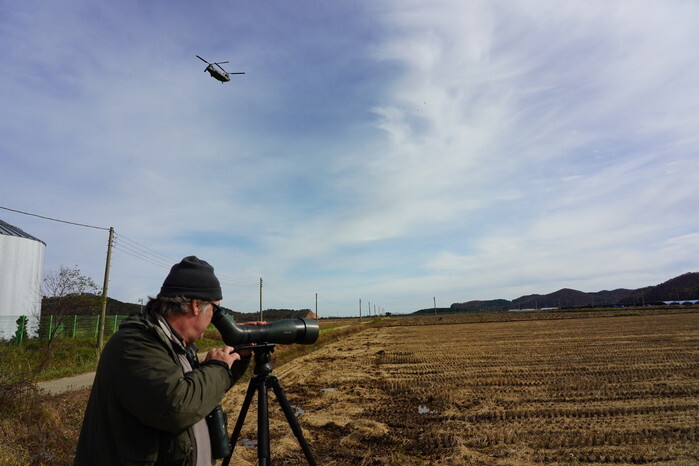
On the afternoon of Dec. 12, a blue-eyed Briton was standing alone in an empty field, holding a telescope, on Baengnyeong Island, South Korea’s northernmost territory in the Yellow Sea. A military helicopter roared overhead, startling a few hundred geese in an adjacent reservoir and sending them aloft.
The man was Nial Moores (56, PhD in ornithology), director of Birds Korea. Moores is an advocate of bird habitat conservation efforts who has been traveling between South and North Korea for some two decades. He gazed at the field with a look of concern, shaking his head.
Baengnyeong Island is 191km by boat from Incheon, but just 14km from Jangsan Cape, in North Korea’s South Hwanghae Province. The island’s gentle hills and coastline are dotted with heavily armed soldiers and menacing military outposts, all on the alert for an attack from the North.
Since 2013, Moores has spent a couple of weeks every year on Baengnyeong Island to study birds and wetlands. By this point, he has become a familiar face to most of the island’s taxi drivers, restaurateurs, and hoteliers.
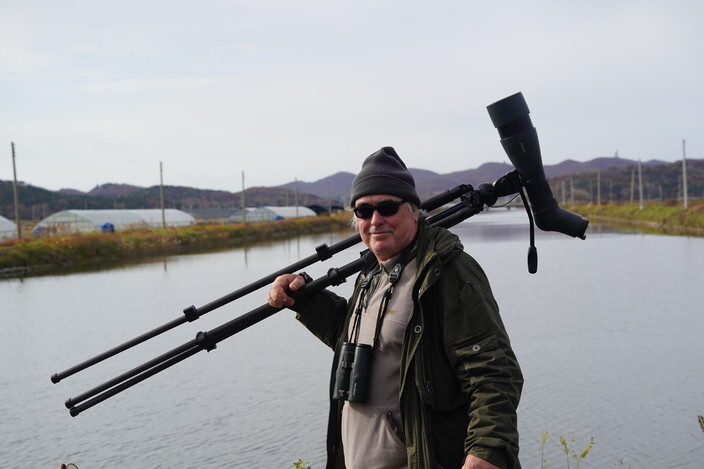
“When I came here in 2013, I was impressed to see more than 2,000 birds in the Hwadong wetland, including black swans, swan geese, and wild geese, as well as 17 storks. But now, it’s become a worthless dead space,” Moores said, with a sigh. There were only a couple of ducks to be seen in the wetland.
According to Moores, the reason that birds don’t come to the Hwadong wetland anymore is because of careless development that has thrown roads across wetlands and essentially draped the island in concrete embankments. There are no fewer than three concrete factories on the island, and their output can be seen everywhere on the island, in roads, waterways, bridges, and huge apartment complexes.
Flocks of lapwings and buzzards flew ceaselessly northward as Moores made the case in broken Korean for conservation on the grounds that Baengnyeong Island is a crucial passageway for migratory birds in East Asia. We also caught sight of the black-winged kite and the common crane, which were observed for the first time on Baengnyeong Island on Nov. 1 and 8, respectively. Moores pulled out a journal that contained meticulous notes about the types and number of birds he’s seen in this survey, as well as the time and location of their observation.
“Compared to Saemangeum, North Jeolla Province, and the Geum River and Asan Bay in South Chungcheong Province, Baengnyeong Island has better environmental conditions and more biological diversity, because of its proximity to North Korea. But the bird species and populations are shrinking each year,” Moores said with concern. Since Baengnyeong Island functions as a resting place for birds as they migrate between the Korean Peninsula and the Shandong Peninsula, the construction of an international airport would ruin the ecosystem, Moores believes.
South Korea’s Ministry of Land, Infrastructure, and Transport hopes to build a military and civilian airport on 1.27 million square meters of wasteland procured through a reclamation project. Work is moving ahead with the Baengnyeong Island airport after it gained the unexpected blessing of the Ministry of National Defense, which had been wary about operating aircraft so close to the Northern Limit Line (NLL). The government is planning to start building the airport next year and finish it by 2023, for a total cost of 115.4 billion won (US$97.78 million).
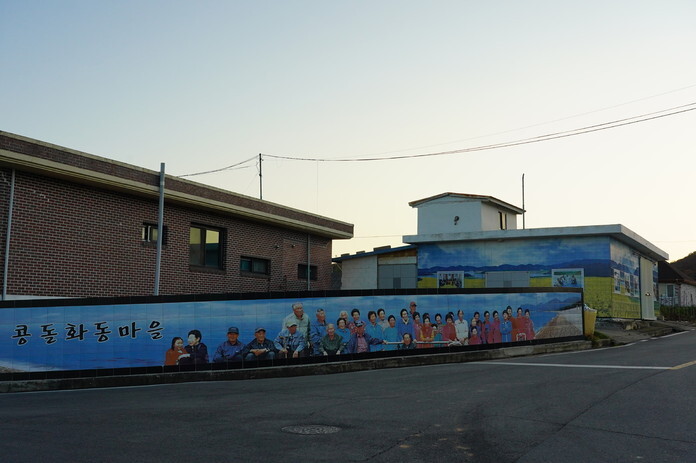
Between 1991 to 2006, Baengnyeong Island ran a reclamation project that eliminated 476 hectares of mudflats and created Baengnyeong Lake. This project turned what had been South Korea’s 14th largest island into its 8th largest. But given the abundance of rice, there was no need for more farmland, and the reclaimed land was neglected and went to waste. What was supposed to be a freshwater lake was abandoned as well: the high salinity levels make it inappropriate for agricultural use.
In the end, the residents lost a prime fishing ground that had teemed with oysters, blue crabs, and flounders, and the creatures in the mudflats lost their homes. Sagot Beach (Natural Monument No. 391), located nearby, had sand so firm that it was used as a natural landing strip during the Korean War; after the reclamation project, however, altered tide patterns made the sand loose and crumbly.
“Building an airport will make it easier for tourists to visit, no doubt, but the environment will be destroyed and the island will be harmed by the trash. South Korea isn’t the poor country it was in the 1970s and 1980s; if it can’t get over its economic obsession, its prospects for the future will be bleak. We need new ideas and different methods,” Moores said.
“Baengnyeong Island has outstanding scenery, as well as history, culture, and ecology, which make it valuable as a sustainable ecological and peaceful tourist destination. If the island takes good care of its fields, wetlands, and mudflats and brings back its cranes, it has the potential to run ‘farm stay’ tourism as other countries do.”
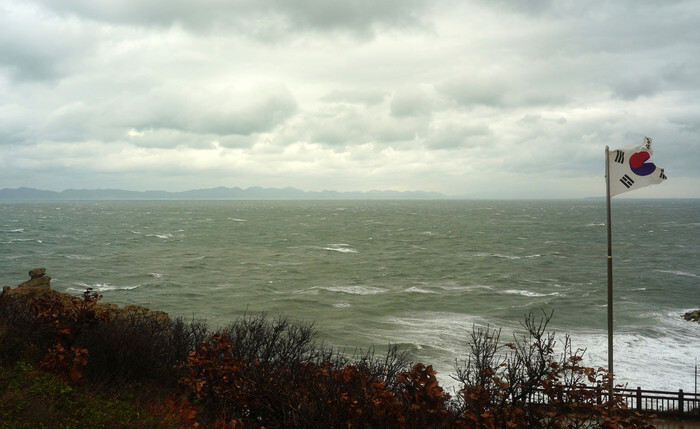
Moores isn’t the only foreign researcher to travel between South and North Korea for more than a decade while studying ecology and peace on the Korean Peninsula. Two distinguished examples are Bernhard Seliger and Amael Borzee, who have been working on cooperative projects in North Korea, in forest restoration and organic farming methods, for the past 15 years. Seliger (49, PhD in economics) is the Korea representative of Germany’s Hanns Seidel Foundation, while Borzee, currently a professor at Nanjing Forest University, previously served as a professor in the ecology department at Ewha Womans University.
Surveys by Birds Korea have identified about 540 types of birds on the Korean Peninsula, with a large number of endangered species residing in the vicinity of the DMZ, including the grey-capped pygmy woodpecker, the red-crowned crane, and the wild goose. The organization believes that these species thrive beyond the civilian control line and around the border itself because there are fewer external disturbances and less pressure for development there.
“In the Goseong area, we’ve recently spotted thousands of pelagic cormorants spending the night on Haegeumgang Rock, on the North Korean side of the DMZ, and then hunting prey during the day in the waters off South Korea’s Geojin Cape. Since the land and sea creatures are actually being protected in the DMZ and its surroundings, appropriate management of the elements that threaten biological diversity should make it possible to maintain populations and expand their territories,” Moores said.
“South and North Korea represent a critical node in birds’ migratory routes between East Asia and Australia, so they ought to take responsibility for protecting those habitats.” Studies have found that indiscriminate development over the past 50 years has shrunk wetlands on South Korea’s western coast by 66%.
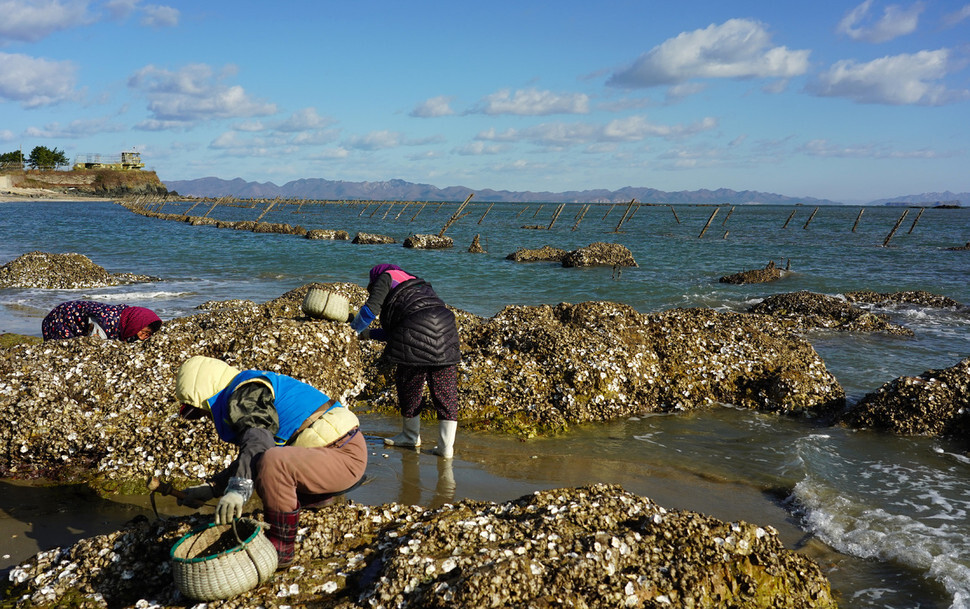
Researchers acknowledge that North Korea also fills in land, chops down trees, and dredges rivers in the course of development, but assert that what happens in the North is less destructive than in the South. They argue that the Seoul should halt its unilateral development and take proactive steps to designate wetlands around the border as a protected region and to have those wetlands inscribed on the Ramsar List.
“South Korea has made several proposals for future development of the DMZ as part of the DMZ peace process, but there’s a lack of understanding about how those proposals would impact the ecosystem, and it’s not even clear whether they have public support. Development plans that would take place inside the DMZ or have a direct impact upon it should be halted entirely unless North Korea has given official approval. Instead, the government ought to buy up land around the DMZ and support local farmers in order to increase biological diversity,” Moores said.
“If the area around the DMZ is to become a world-class ecology and peace tourism site, we should stop putting up buildings and roads and manage the entire area as a protected natural zone,” Seliger said.
“Though there are a lot of development projects underway at the moment, the biggest problem is that few habitats remain for amphibians. Our most critical task is stopping the destruction of habitats on the southern side of the DMZ and conserving wildlife,” Borzee said.
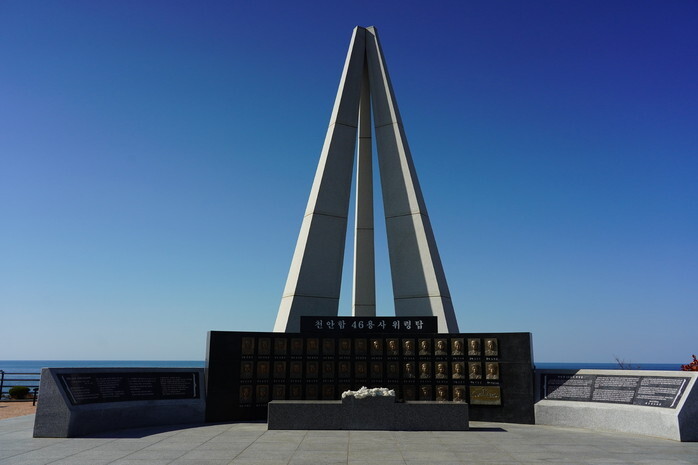
By Park Kyung-man, North Gyeonggi correspondent
Please direct comments or questions to [english@hani.co.kr]

Editorial・opinion
![[Column] Season 2 of special prosecutor probe may be coming to Korea soon [Column] Season 2 of special prosecutor probe may be coming to Korea soon](https://flexible.img.hani.co.kr/flexible/normal/500/300/imgdb/original/2024/0426/3317141030699447.jpg) [Column] Season 2 of special prosecutor probe may be coming to Korea soon
[Column] Season 2 of special prosecutor probe may be coming to Korea soon![[Column] Park Geun-hye déjà vu in Yoon Suk-yeol [Column] Park Geun-hye déjà vu in Yoon Suk-yeol](https://flexible.img.hani.co.kr/flexible/normal/500/300/imgdb/original/2024/0424/651713945113788.jpg) [Column] Park Geun-hye déjà vu in Yoon Suk-yeol
[Column] Park Geun-hye déjà vu in Yoon Suk-yeol- [Editorial] New weight of N. Korea’s nuclear threats makes dialogue all the more urgent
- [Guest essay] The real reason Korea’s new right wants to dub Rhee a founding father
- [Column] ‘Choson’: Is it time we start referring to N. Korea in its own terms?
- [Editorial] Japan’s rewriting of history with Korea has gone too far
- [Column] The president’s questionable capacity for dialogue
- [Column] Are chaebol firms just pizza pies for families to divvy up as they please?
- [Column] Has Korea, too, crossed the Rubicon on China?
- [Correspondent’s column] In Japan’s alliance with US, echoes of its past alliances with UK
Most viewed articles
- 1[Column] Season 2 of special prosecutor probe may be coming to Korea soon
- 2‘We must say no’: Seoul defense chief on Korean, USFK involvement in hypothetical Taiwan crisis
- 3Is N. Korea threatening to test nukes in response to possible new US-led sanctions body?
- 4No good, very bad game for Korea puts it out of Olympics for first time since 1988
- 5Is Japan about to snatch control of Line messenger from Korea’s Naver?
- 6Division commander ordered troops to enter raging flood waters before Marine died, survivor says
- 7Korea’s 1.3% growth in Q1 signals ‘textbook’ return to growth, says government
- 8N. Korean delegation’s trip to Iran shows how Pyongyang is leveraging ties with Moscow
- 9[Editorial] Korea’s surprise Q1 growth requires objective assessment, not blind fanfare
- 10[Editorial] Government needs to stop impeding Sewol mourning